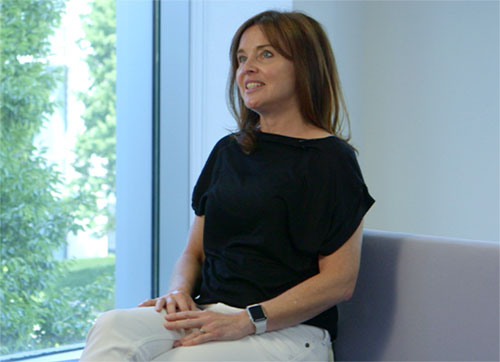First published in the Pension Funds Online
In Cantillon’s day, it was the crown that controlled the money supply – usually gold and silver – in most European countries. As Cantillon noted, if a new gold mine was discovered, the people closest to the king got access to the gold first and were able to use the money to buy up assets. By the time the new money had percolated down to the general populace, the prices for many goods and services had risen as a result of the expanded money supply.
Put simply, money is not neutral. The individuals and institutions closest to the source of the money supply enjoy financial advantages and privileges at the cost of those least connected to the financial system. In Cantillon’s day, it was the kings, queens and their courtiers who were closest to the source. Today, it is large banks, hedge funds and private equity firms.
Indeed, the Cantillon effect is arguably more relevant today than it was in Cantillon’s time. The main reason for this is the unpegging of the US dollar from gold in 1971, since which time there has been virtually no limit on the amount of new money commercial and central banks can create. And they have created previously unimaginable sums. Every time a new crisis emerges, often as a result of the boom-and-bust cycles generated by excessive money printing, central banks print yet more money. And those closest to the central banks get the money first while those furthest away get it last, by which time inflation has eroded all possible benefits.
The latest – and arguably most egregious – example of this phenomenon is the raft of Quantitative Easing (QE) programs unleashed by central banks over the past 15 years. QE’s ostensible goal was to stimulate economic activity and bank lending during the worst years of the global financial crisis, but in most countries, it has lasted well over a decade.
Here’s how it works. A central bank creates new money to purchase huge volumes of financial assets from financial institutions. These assets are primarily long-duration government bonds and mortgage-backed securities. This stimulates the demand for bonds, increasing their value and lowering their yields. Interest rates on other financial assets also fall.
This has a significant impact on the bond/stock portfolios of many financial institutions, tipping the balance from the archetypal 60/40 split to a ratio of, say, 50/50. Thus, to rebalance their portfolios, financial institutions sell huge volumes of bonds. They then use the new funds this generates to buy up other financial assets, including stocks, commodities, and real estate – at prices that have not yet reflected the increase in money supply. Like the king, queens and courtiers of the 18th century, well-positioned financial institutions are then able to buy at the old lower prices.
The result has been one of the biggest asset booms of modern history – the so-called “Everything Bubble” – that now seems to be in the process of deflating.
One asset class that was particularly affected by QE is real estate. As you may recall, QE lowers the interest rates on bonds and other financial instruments tied to bonds, including mortgages. By keeping mortgage rates artificially low, QE makes owning real estate more affordable for buyers (at least while prices are low) and more profitable for property speculators, thereby fuelling property demand and pushing up prices. Also, central banks purchased huge volumes of mortgage-backed securities as part of their QE programs. With those loans off their books, banks can lend more.
Just about every country whose central bank has embarked on a QE program has witnessed a large housing bubble. In the first two years of the COVID-19 pandemic, when the US Federal Reserve, like many other central banks, massively expanded its QE program, the average sale price of a home in the US increased by 29.1% – far and away the largest increase in a 24-month period ever recorded.
But who has benefited most from these price rises?
The very same financial institutions and investment funds that sold the bonds and mortgage-backed assets to the central banks in the first place. First, they were able to access debt at much lower rates than average citizens and businesses and could therefore generate outsized returns from their real estate bets. Second, they are closest to the central banks’ money printer and were thus able to snap up property at prices that did not yet reflect the increase in money supply. Meanwhile, those least connected to the central banks have either had to pay inordinate sums to buy a home or have been priced out of the market altogether.
QE has been the central banks’ signature monetary policy for the past 14 years, and it has done more to exacerbate wealth disparities in advanced economies than just about any other factor.
Even establishment media outlet Politico recently averred that QE’s ‘increasingly obvious shortcomings’ – including withering risk premiums, soaring asset prices, and widening inequality – “have not just badly damaged the credibility of central banks’ at the worst possible time, but arguably contributed to the forces of fragmentation that are now stalking the international financial system. Not to mention rising geopolitical tensions.”
In other words, many of the problems we face today, from widening inequality to surging asset prices, to political instability and financial turmoil can be traced back to the central banks’ QE programs. And the centuries old Cantillon Effect helps to explain why.
If you’re wondering what can be done to protect your pension scheme, funeral trust, charity, or company from these distributional consequences of inflation of the money supply, we have a cutting edge and innovative solution to this issue. We’d be happy to discuss this with you, so please do get in touch.
If you would like to discuss any of these matters further, please get in touch with your usual contact at Cartwright.
Visit pensionfundsonline.co.uk













